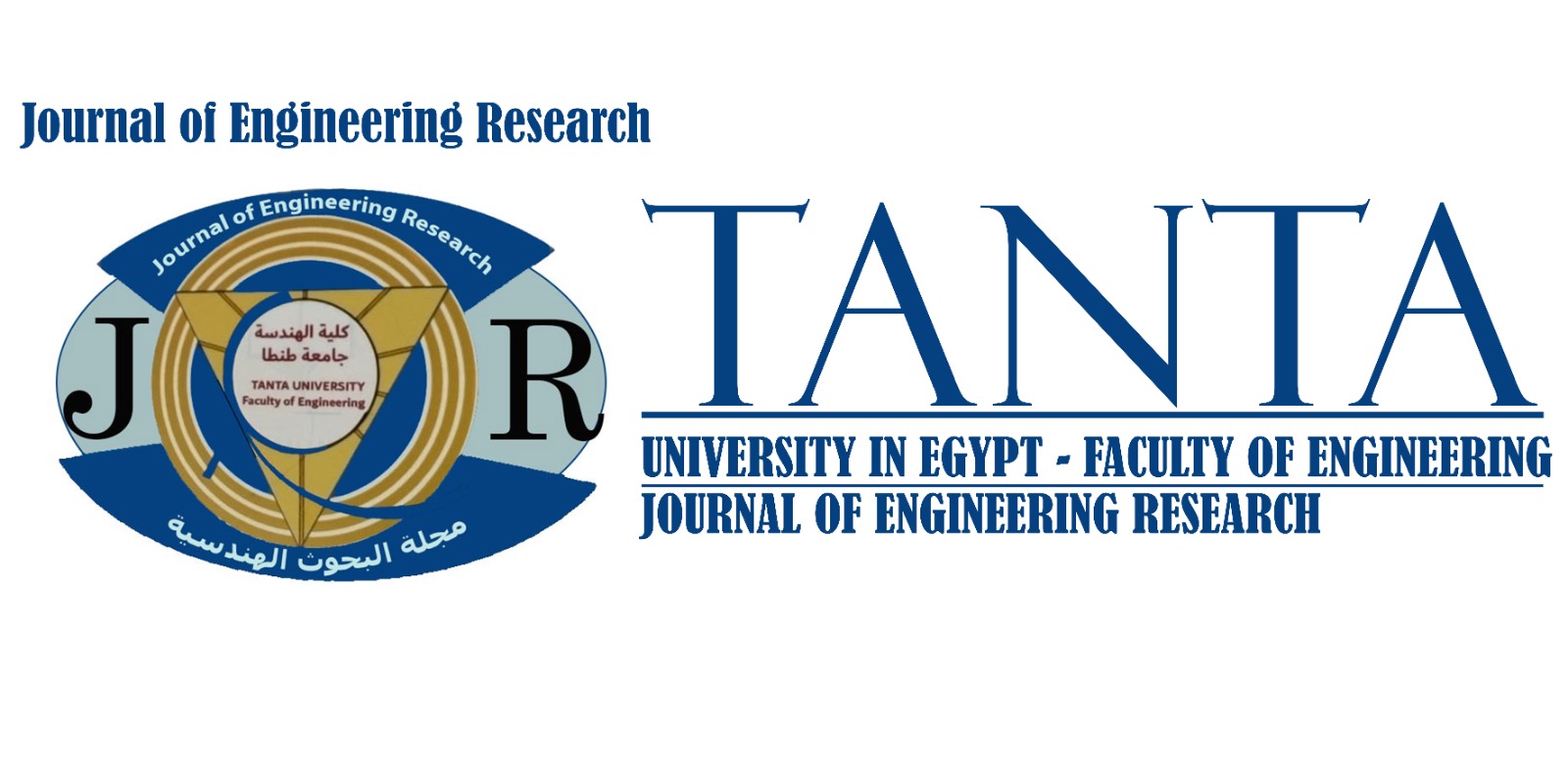Journal of Engineering Research

DOI
https://doi.org/10.70259/engJER.2025.911901
Abstract
Contaminants can reach the excavation site and lead to groundwater contamination. The present research investigates the effect of using sheet piles for controlling the migration of contaminants to excavation sites that require high-quality groundwater, taking into consideration changing concentrations of contaminants and changing soil surface depth downstream of the sheet piles. The arrival time of contamination to reach under the sheet piles and the time for reaching contamination to the excavation site were studied. Additionally, the effect of using two different sources of contaminants with different concentrations on the mixing time between them through groundwater was investigated. Two modules, SEEP/W and CTRAN/W of the numerical model Geo-Studio are used. The parameters considered are depths of excavation, depths of sheet piles, upstream water heads, hydraulic conductivity of the soil, and concentrations of contaminants. The results show that the arrival times under the sheet piles and to the excavation level increase by decreasing the hydraulic conductivity of the soil, upstream water head, and with decreasing the excavation depth. The mixing time of contaminants decreases with increasing the upstream water head and the hydraulic conductivity and with increasing the depth of the soil surface level behind the sheet pile. Dimensionless design charts are presented to determine the effect of changing the soil surface level downstream of the sheet piles on the arrival time for contamination to reach under the sheet piles and to the excavation surface.
Recommended Citation
Elgmmal, Eslam Kashef Eslam K. Elgmmal; Rashwan, Ibrahim Mohamed; and Omara, H.
(2025)
"Using Sheet Piles to Control Contaminant Transport from Different Sources through the Soil,"
Journal of Engineering Research: Vol. 9:
Iss.
1, Article 15.
DOI: https://doi.org/10.70259/engJER.2025.911901
Available at:
https://digitalcommons.aaru.edu.jo/erjeng/vol9/iss1/15
Included in
Civil Engineering Commons, Environmental Engineering Commons, Hydraulic Engineering Commons

